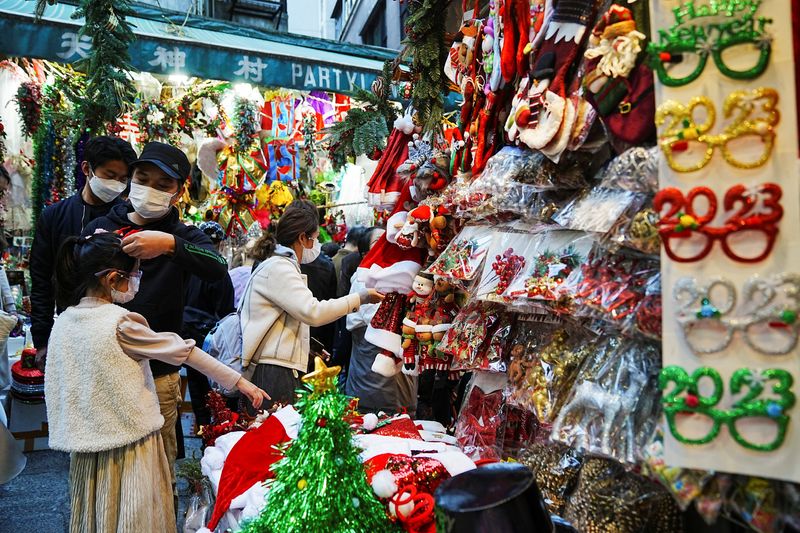China’s Inflation Problems Reappear
2023.01.12 02:50

China’s Inflation Problems Reappear
By Ray Johnson
Budrigannews.com – In December, China’s annual consumer inflation rate increased, driven by rising food prices despite weak domestic demand and slow economic activity.
Inflation is anticipated to continue to rise in the first quarter of 2023, according to economists.
According to data released on Thursday by the National Bureau of Statistics (NBS), the consumer price index (CPI) increased by 1.8% in December compared to the previous year. This increase was faster than the 1.6% annual gain that occurred in November. A 1.8% estimate from a Reuters poll was met by the result.
From 1.3% the month before, the annual rate of decline in the producer price index (PPI) slowed in December to 0.7%. A poll conducted by Reuters had economists anticipating a 0.1% decrease due to the disruption of industry caused by a high number of COVID-19 cases toward the end of 2022.
Last month, China ended its rigorous zero-COVID policies by lifting lockdowns, removing quarantines, and stopping regular testing. Therefore, economists anticipate that inflation will continue to rise rapidly in the first quarter.
Zichun Huang, an economist at Capital Economics, stated, “There are some early signs that the transition toward living with COVID is starting to put upward pressure on prices.” However, inflation is unlikely to rise to the same extent as in numerous other economies as they reopened.
Interest rates are not expected to rise as a result of inflation, according to analysts.
According to Guotai Junan Group chief economist Zhou Hao, “as inflation will remain manageable over the foreseeable future, we think the People’s Bank of China will need to lower the MLF (policy) rate by 10 bps in Q1.”
After experiencing an annual increase of 3.7% in November, food prices increased by 4.8% in December compared to the previous year.
Although it increased from an annual rate of 0.6% in November to 0.7% last month, core inflation—which excludes the costs of food and energy—is still subdued. That reflected the initial inflationary effects of the reopening in the travel and healthcare industries.
In comparison to the government’s goal of a rise of around 3%, the average CPI for all of 2022 was 2.0% higher than in 2021.
Bruce Pang, Jones Lang Lasalle’s (NYSE:) chief economist, expects a 2.5% increase in the annual average CPI from 2022 to 2023.
Last week, China’s commerce ministry said that it would study and implement policies to increase consumption and that consumer demand would gradually return as a result of the continuous optimization of epidemic control and prevention.
China’s state planner stated at a regular press briefing in Beijing on Thursday that, despite the fact that imported inflationary pressures remained and international commodity prices may fluctuate, China was confident that prices would remain stable this year.
More Investors are starting to worry about CPI data








